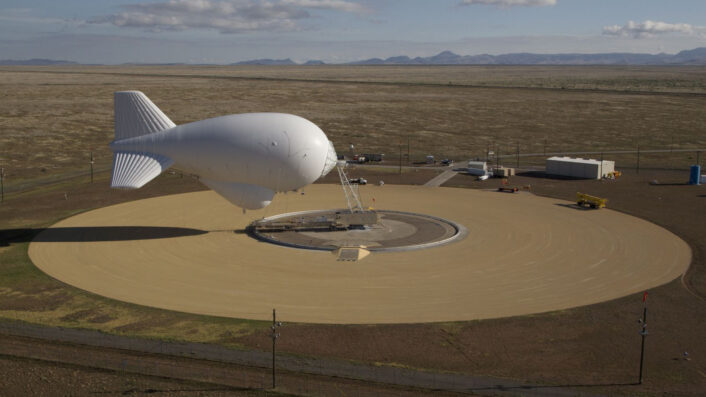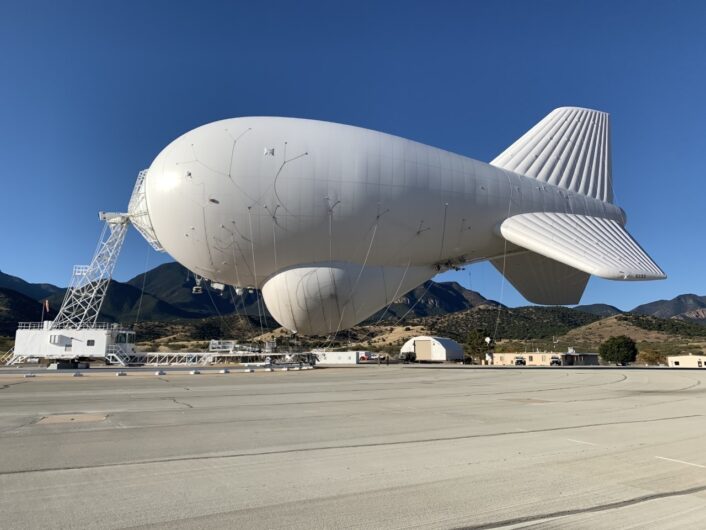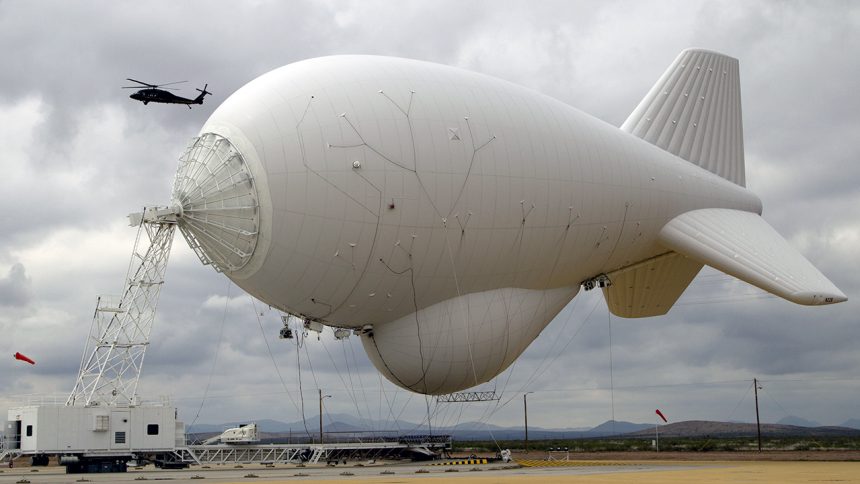The Aerostat-based sensors will bolster the airspace monitoring assets deployed to the NATO Eastern Flank.
Poland signed the LOA executive agreement on May 22, 2024 to procure four reconnaissance and early warning aerostats fitted with radars and IFF system transponders and interrogators. The systems are procured within the scope of the Barbara program, and the agreement has a value of USD 960 million (about PLN 4.6 bn gross). The first radar post using the Barbara aerostat is to become active in two years, in July 2026.
Raytheon Intelligence and Space, TCOM L.P., ELTA North America, and Avantus Federal LLC (a part of QinetiQ, Inc.) are the key contractors here. The acquisition also includes ground control stations, equipment, logistics and training packages, and technical documentation. No offset deal would come along with this procurement.
Podpisana dziś umowa na zakup nowoczesnych systemów aerostatowych „BARBARA” wzmacnia obecnie działające systemy radiolokacyjne. Nowy sprzęt pozwoli na wykrywanie nisko lecących obiektów oraz nawodnych celów. Bezpieczeństwo 🇵🇱 to nasz priorytet🛡️ pic.twitter.com/A69YuO3A7s
— Władysław Kosiniak-Kamysz (@KosiniakKamysz) May 22, 2024
Four Barbara system aerostats would be deployed in eastern and northeastern Poland allowing the military to surveil the airspace and detect potential low-level threats. The aerostats will also be able to track naval targets as well. Systems as such can stay airborne 24 hours a day, contrary to aircraft-based AEW platforms, limited by flight endurance, and the crew’s mental and physical capacity. The Barbara aerostats would offer radar coverage at ranges beyond 300 kilometres.

Donna Burton/Wikimedia Commons)
The Polish MoD announced the intent to procure such systems on May 26. 2023 first, when LoR was announced with regard to that matter. The U.S. State Department approved the transaction on Feb. 7, this year. The U.S. Congress issued its approval later. As Tomasz Dmitruk of the Polish Dziennik Zbrojny outlet noted, this provides a good benchmark of how the FMS procedural framework works, in the case of urgent acquisitions.
The agreement was signed in the presence of the Head of the Polish MoD Władysław Kosiniak-Kamysz, Secretary of State at the MoD Paweł Bejda, US Ambassador to Poland Mark Brzezinski, and the head of the Armament Agency, Brig. Gen. Artur Kuptel.
Poland has been making steps towards enhancing its radar coverage, and low-level radar coverage for the airspace for quite some time now. The Barbara radars are just one element of the equation. The other comes in the form of the gap-filler Saab 340 AEW&C (Aerial Early Warning & Control) platforms that the Polish Navy acquired from Sweden, second hand.
Even though they are considered to be a gap-filler platform, seeing the Polish procurement policy over the recent years, that gap-filler may potentially become a semi-permanent solution.
Aerostat radar battalion with its command in Czerwony Bór would be formed to manage these assets, with two new support companies and four aerostat posts in Kurzyna Wielka (Subcarpathian Voivodeship), Biskupiec and Karbowskie (Warmia and Mazury region/Suwałki-Gap), Pobikry (municipality of Ciechanowiec, Podlachian Voivodeship).










